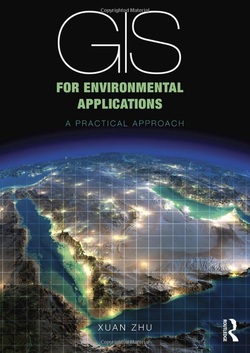GIS for Environmental Applications provides a practical introduction to the principles, methods, techniques and tools in GIS for spatial data management, analysis, modelling and visualisation, and their applications in environmental problem solving and decision making. It covers the fundamental concepts, principles and techniques in spatial data, spatial data management, spatial analysis and modelling, spatial visualisation, spatial interpolation, spatial statistics, and remote sensing data analysis, as well as demonstrates the typical environmental applications of GIS, including terrain analysis, hydrological modelling, land use analysis and modelling, ecological modelling, and ecosystem service valuation. Case studies are used in the text to contextualise these subjects in the real world, examples and detailed tutorials are provided in each chapter to show how the GIS techniques and tools introduced in the chapter can be implemented using ESRI ArcGIS (a popular GIS software system for environmental applications) and other third party extensions to ArcGIS to address.
The emphasis is placed on how to apply or implement the concepts and techniques of GIS through illustrative examples with step-by-step instructions and numerous annotated screen shots. The features include:
Over 350 figures and tables illustrating how to apply or implement the concepts and techniques of GIS
Learning objectives along with the end-of-chapter review questions
Authoritative references at the end of each chapter
GIS data files for all examples as well as PowerPoint presentations for each chapter downloadable from the companion website.
GIS for Environmental Applications weaves theory and practice together, assimilates the most current GIS knowledge and tools relevant to environmental research, management and planning, and provides step-by-step tutorials with practical applications. This volume will be an indispensable resource for any students taking a module on GIS for the environment.











